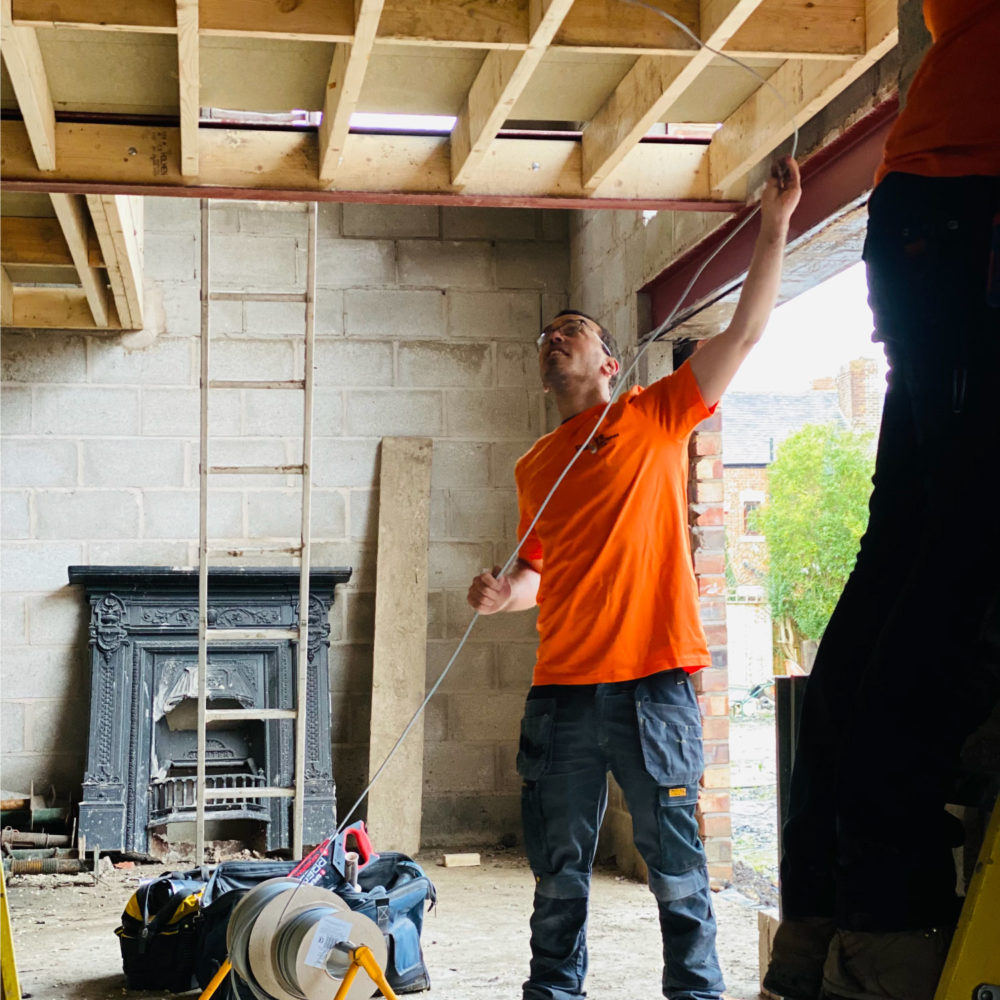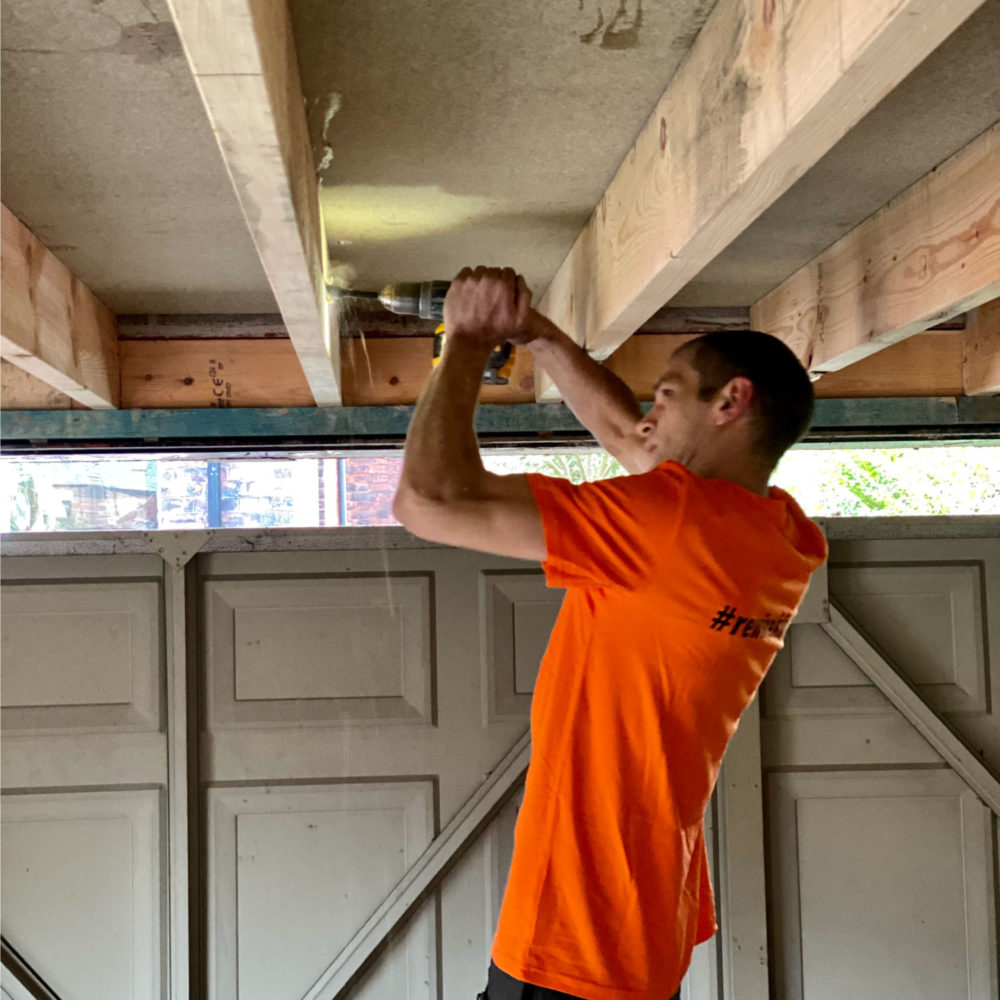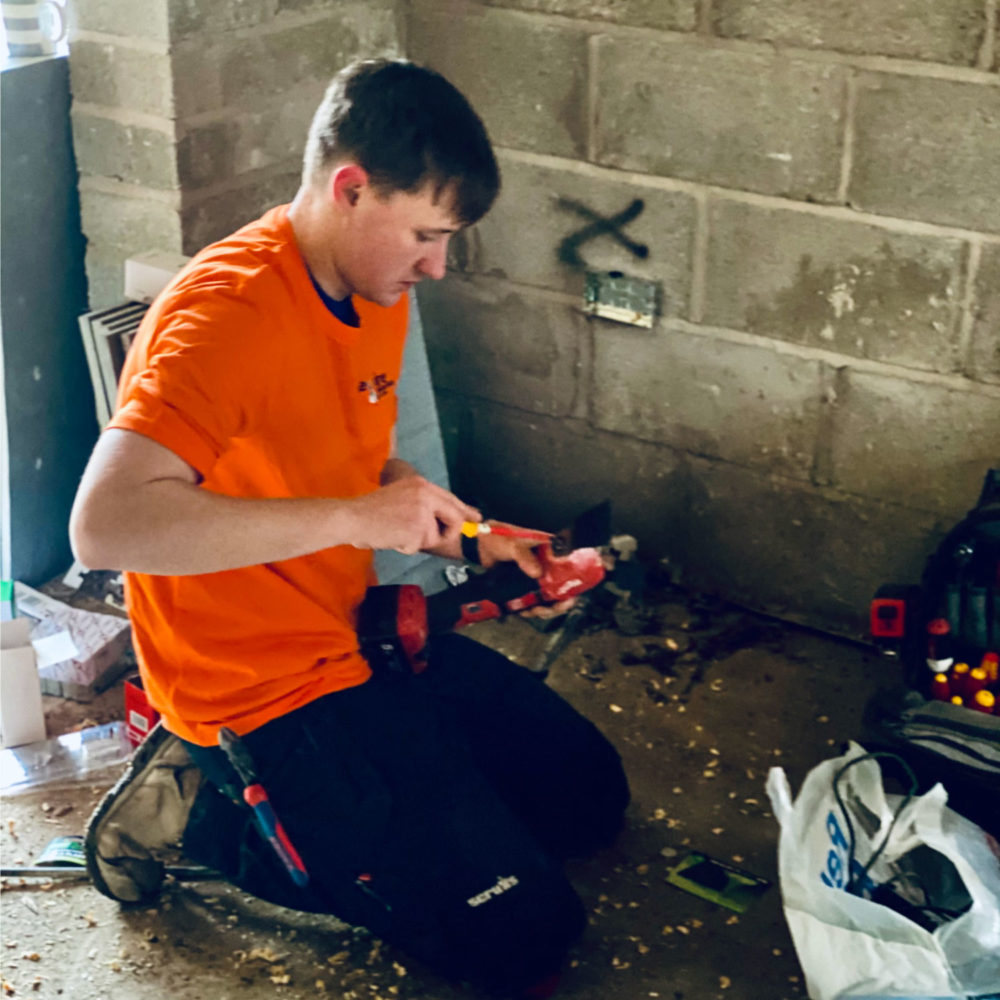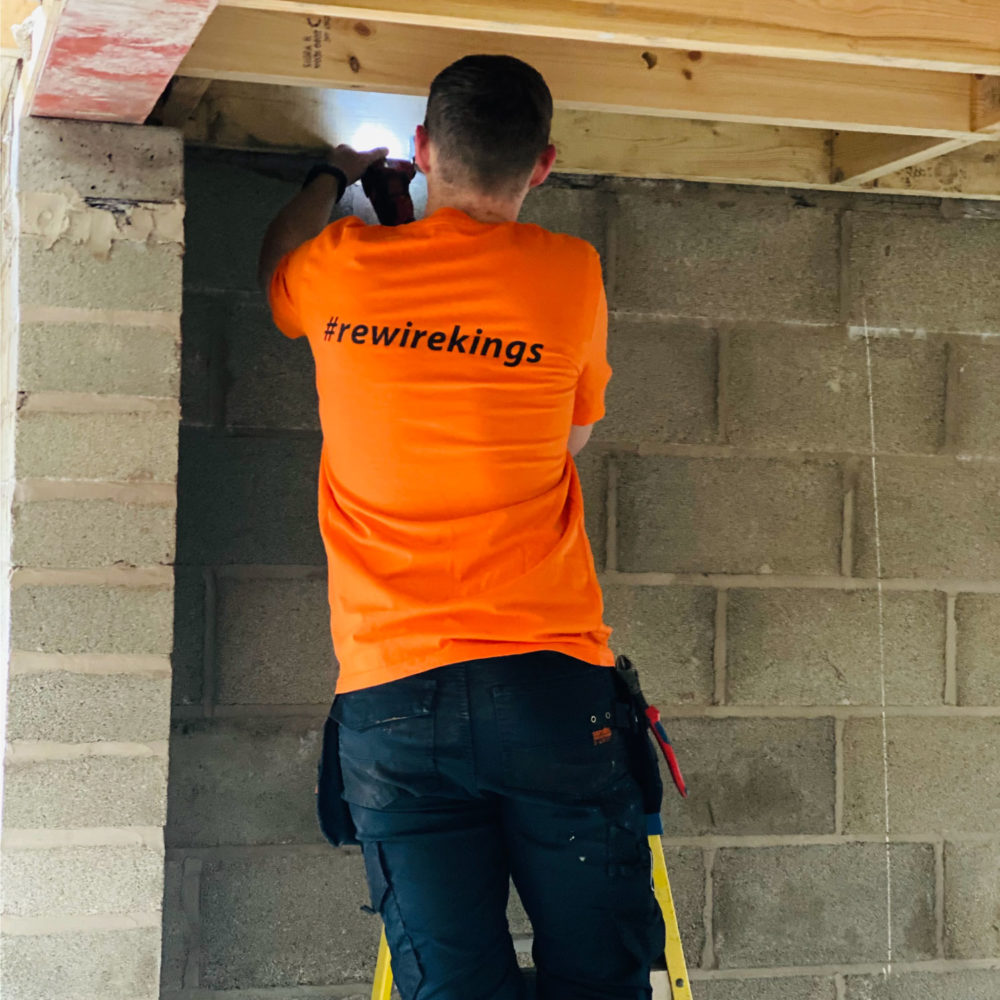Old or faulty wiring is the most common cause of electrical fires so it is important to ensure your wiring is safe at regular intervals.
Some people may want to undertake a full rewire or upgrade the current system – particularly those moving into a new property which might be 25 years or older. Undertaking a full or partial rewire in a property is a big job and one that should only be carried out by a registered electrician.
When should an electrician carry out a rewire?
For wiring systems more than 25 years old we would always recommend having the electrical system checked out at regular intervals. This will help identify any faults or defects which could require improvement. It will also give you an idea of any work that might be required and potential cost if you are considering upgrading the electrical installation or remodelling it to include additional circuits.
A full rewire usually takes place when major building work such as an extension or conversion is being carried out – prior to any plastering or decoration.
Other occasions when a rewire might be necessary include:

Notification to building control
Carrying out a partial or full rewire will often involve creating new circuits or a consumer unit change. This means the work is notifiable to your local building control department.
Using a registered contractor with NAPIT or ELECSA means the person carrying out the work is eligible to do this for you – without the need for you to do anything. Be sure to arrange this with your electrician beforehand and get the appropriate certification for the work afterwards
What does the work involve?
Carrying out a rewire will require a large amount of disruption to the main fabric of a property. It is likely that all switches, fittings, sockets and the consumer unit will be replaced and require new wiring.
A total rewire will involve two stages of working; first fix and second fix. All first fix work will take place before plastering work and, usually, at the same time as any central heating and plumbing work. This is to ensure all cabling is hidden so the installation will involve lifting the floor coverings and floorboards and possibly the skirting boards too, chasing out channels in the walls and possibly in some ceilings that are inaccessible from above.


The first fix
As well as installing new cabling, first fix stage may involve fitting new back boxes for all sockets and switches. In addition to rewiring for all power and lighting circuits, it is a good opportunity to rewire for modern central heating controls, alarms, smoke detectors and doorbells, to add outdoor lighting and sockets, and to rewire the telephones and television aerial sockets. It is also worth redesigning the wiring plan for sockets and switches to make sure it meets your needs and those of modern house buyers.
Think about specifying two-way or even three-way switching for hallways and landings and other rooms with more than a separate one main access. For a high-value property, consider adding circuit with separate switching for table and standard lamps in the main living rooms and principal bedrooms. It may also be worth considering adding automated lighting, home network cablings, speaker cabling and other modern technology.
The second fix
Once the first fix stage has been completed, the property can be re-plastered or the walls and ceilings filled and made good, and the flooring replaced. The second fix work can then proceed fitting sockets and switch plates, light fittings, the consumer unit and wiring any electric fans, cookers, extractor hoods, electric showers and the immersion heater, if there is a hot water storage cylinder.

Partial rewires
A full rewire can be avoided, providing the existing cabling is sound and able to carry any additional loads. It also may be possible to upgrade it by adding a modern consumer unit and upgrading the earthing and bonding.

